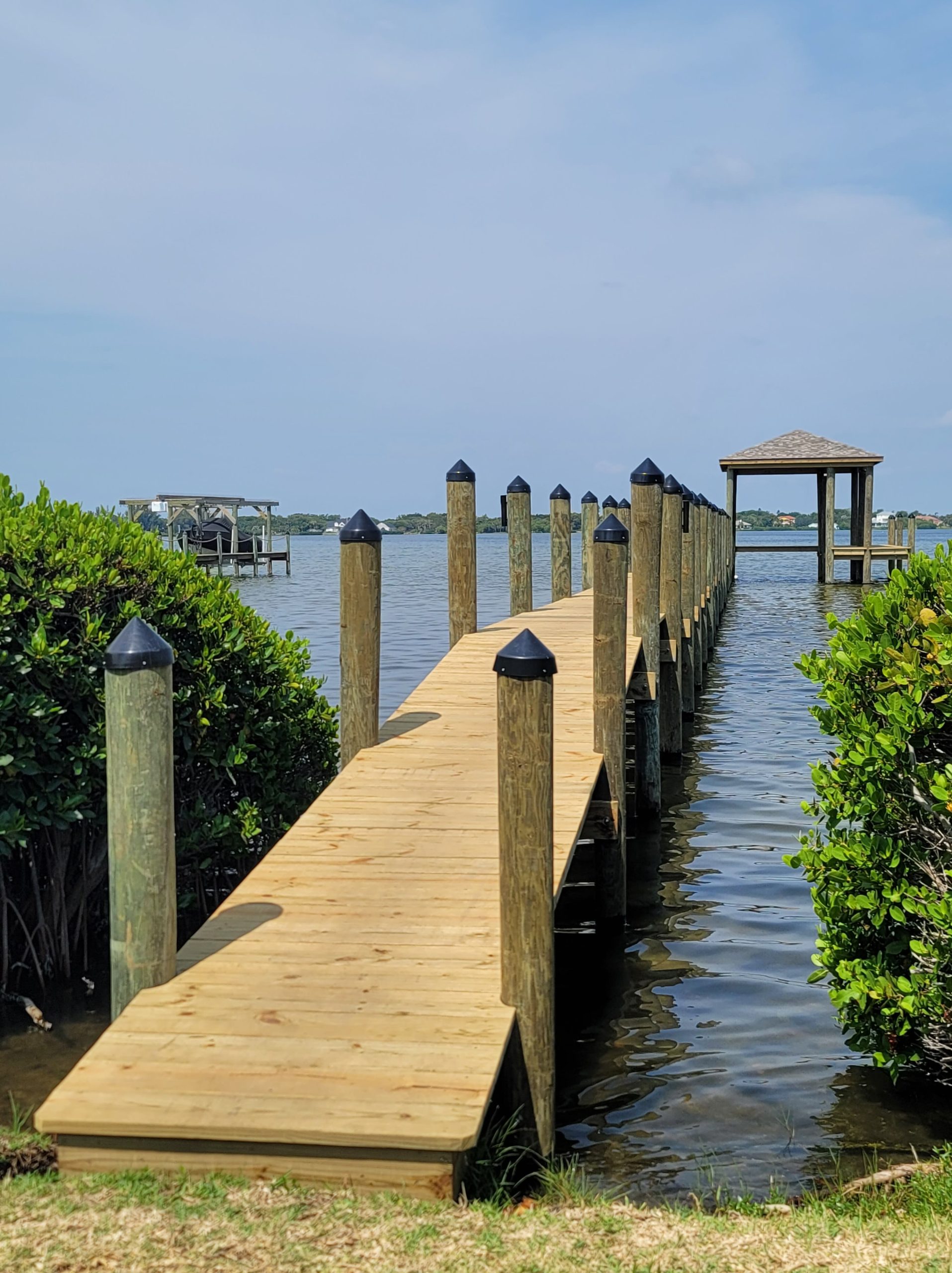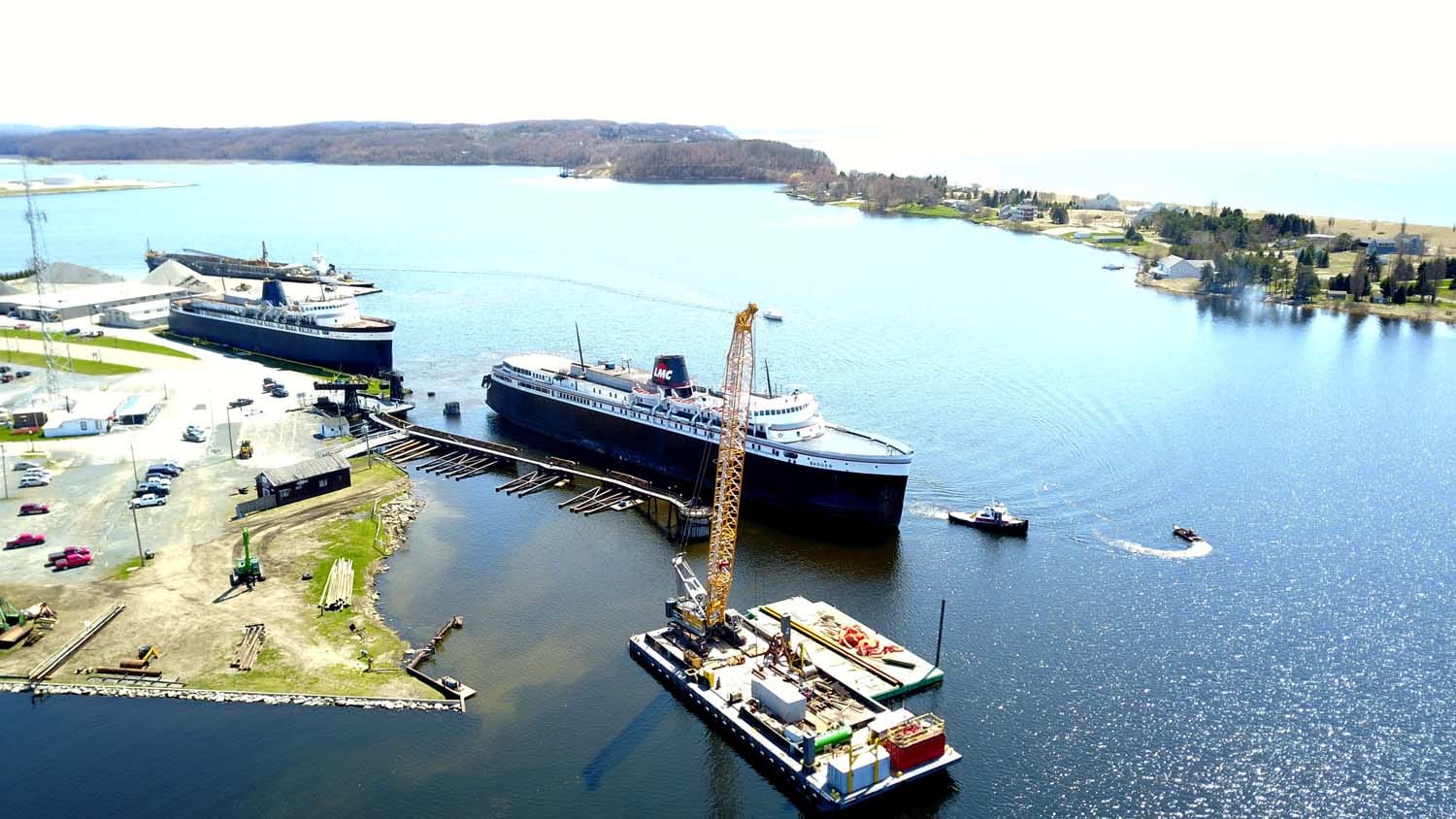The Relevance of Timely Dock Repairs for Waterfront Safety
The Relevance of Timely Dock Repairs for Waterfront Safety
Blog Article
Reliable Dock Fixing Techniques: Ensuring Structural Integrity
Making sure the structural stability of docks with efficient repair service techniques is paramount for the longevity and safety and security of aquatic centers. This includes a multi-faceted method starting with comprehensive inspections making use of innovative modern technologies like finder devices and remotely ran lorries (ROVs) to identify both noticeable and hid problems. Subsequently, choosing the best repair work materials, such as corrosion-resistant alloys and composite products, is critical for resilience. Structural reinforcement methods, consisting of the application of cross-bracing systems and load-distribution plates, play an important role in mitigating anxiety points. Nonetheless, the value of these strategies ends up being evident when checking out advanced repair service methods and preventative upkeep techniques.
Evaluating Dock Damages
Evaluating dock damage is an important first step in making certain the architectural integrity and safety and security of any type of docking center. This first assessment entails a comprehensive evaluation to determine both covert and visible damages. Secret elements to check out include the dock's foundation, pilings, outdoor decking, and equipment. Each component should be inspected for indications of wear, rot, rust, or various other kinds of destruction that can jeopardize the structural honesty.
Architectural designers or qualified inspectors commonly execute these assessments using specialized strategies and devices. For example, undersea examinations could employ finder devices or remotely operated vehicles (ROVs) to discover submerged damage. Above water, aesthetic evaluations are complemented by utilizing moisture meters and other analysis tools to reveal underlying concerns not promptly visible to the naked eye.

Picking Repair Service Products
Picking the ideal fixing products is a crucial action in the dock repair process, one that straight affects the durability and performance of the fixed framework. Material choice must be driven by elements such as environmental problems, load-bearing demands, and compatibility with existing dock components.
Along with wood, composite materials are significantly prominent due to their sturdiness and low upkeep demands. Composites, typically made from a mix of plastic and timber fibers, offer superb resistance to rot, bugs, and UV damage. For metal docks, choosing corrosion-resistant alloys such as galvanized steel or marine-grade light weight aluminum is necessary to stop rust and make certain architectural stability in saline water conditions.
Epoxy materials and marine-grade sealants are vital for repairing cracks and sealing joints, giving a waterproof barrier and improving the dock's total strength. By carefully choosing high-quality materials, dock repair services can attain long-lasting results, thereby protecting against future deterioration and making certain safe, reputable usage.
Structural Reinforcement Techniques
Effective structural reinforcement strategies are essential in ensuring the security and long life of dock repairs. One fundamental method involves the use of steel or composite reinforcement bars (rebar) within concrete frameworks. Rebar supplies added tensile strength, avoiding fractures and distributing tons a lot more uniformly. This approach is especially effective for docks subjected to hefty lots or extreme environmental conditions.
Another essential strategy is the application of fiber-reinforced polymers (FRP) These products supply high strength-to-weight proportions and exceptional resistance to rust, making them suitable for enhancing wood or concrete docks. FRP can be applied in sheets or strips and bonded with epoxy resins to boost structural integrity.
Supporting and anchoring systems additionally play a crucial function in structural support. Cross-bracing, using steel or wooden beams, can combat lateral pressures, decreasing guiding and motion. Anchoring systems, such as helical piers or driven stacks, provide a secure foundation by transferring lots to deeper, more secure soil layers.
Last but not least, the combination of load-distribution plates can help disperse weight much more equally throughout the dock's surface, mitigating localized stress points. These strategies collectively guarantee that anchors remain secure and robust, efficient in enduring the roughness of their operational atmosphere.
Advanced Fixing Methods

One more advanced technique involves underwater welding, which permits repairs to be conducted without the demand to dewater the location. This technique is especially advantageous for attending to structural issues in submerged dock parts, making certain marginal disturbance to procedures. Improved welding methods, coupled with robot systems, over here supply accuracy and dependability, thus extending the lifespan of the dock.
In addition, cathodic security systems are executed to stop deterioration in metal dock structures. By utilizing sacrificial anodes or impressed existing systems, these methods effectively minimize the electrochemical procedures that result in product damage.
Finally, advanced surveillance modern technologies, such as structural health and wellness tracking (SHM) systems, give real-time data on the condition of dock frameworks. These systems enable aggressive maintenance and prompt treatments, ultimately making certain the long-term architectural integrity of the dock.
Upkeep and Prevention
Upkeep and prevention are essential concepts that underpin the long life and safety of dock structures. Regular assessments are critical, permitting early discovery of deterioration, potential weaknesses, and ecological effects. A proactive technique, entailing regular checks for deterioration, rot, and structural changes, reduces expensive repairs and extends the dock's functional life.
Safety nets should include using protective layers to metal parts to defend against rust and utilizing cured wood to resist degeneration. Additionally, making sure correct water drainage and ventilation can avoid water build-up, which is an usual root cause of architectural degradation. Incorporating high quality products and sticking to supplier standards throughout construction and click for source repair service stages additionally play crucial roles in enhancing longevity.

Training employees in dock upkeep best practices makes certain regular application of precautionary steps. Leveraging technological advances, such as drones for examinations and sensors for real-time monitoring, can further boost maintenance initiatives. By focusing on upkeep and prevention, dock proprietors can make sure structural honesty, operational safety, and cost-efficient administration over the dock's life-span.
Conclusion
In conclusion, preserving the structural honesty of marine facilities necessitates thorough dock repair work strategies. Advanced repair techniques, combined with routine upkeep techniques, make certain the dock remains risk-free and operational under diverse environmental problems.
Making certain the architectural honesty of anchors via reliable fixing strategies is paramount for the longevity and safety of marine facilities.Selecting the appropriate repair products is a crucial action in the dock reconstruction procedure, one that straight affects the durability and performance of the repaired structure.Effective architectural support strategies are critical in guaranteeing the stability and long life of dock repairs. By focusing on upkeep and prevention, dock click for more info owners can ensure architectural honesty, functional security, and cost-efficient monitoring over the dock's life-span.
In verdict, preserving the structural integrity of aquatic centers requires extensive dock repair strategies.
Report this page